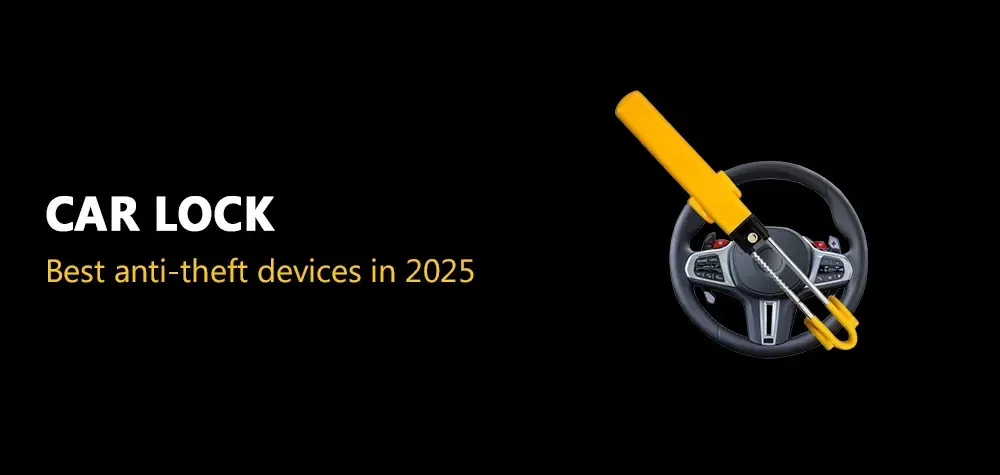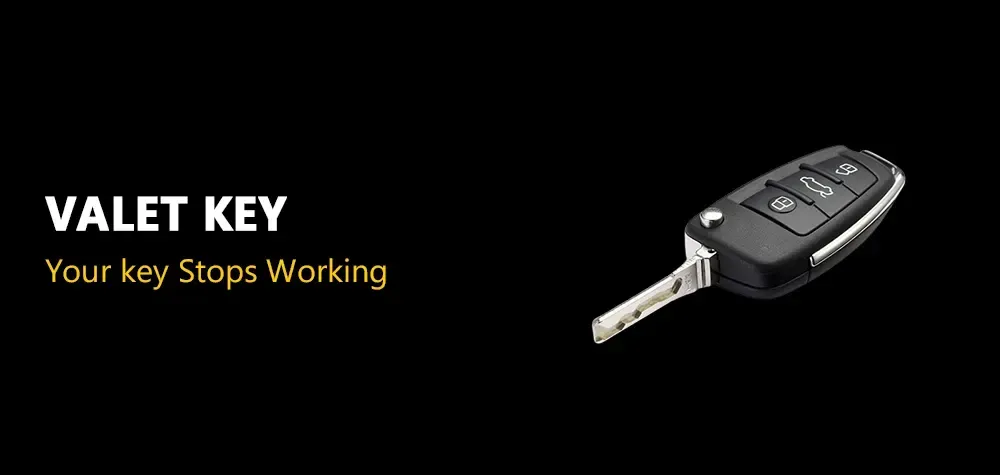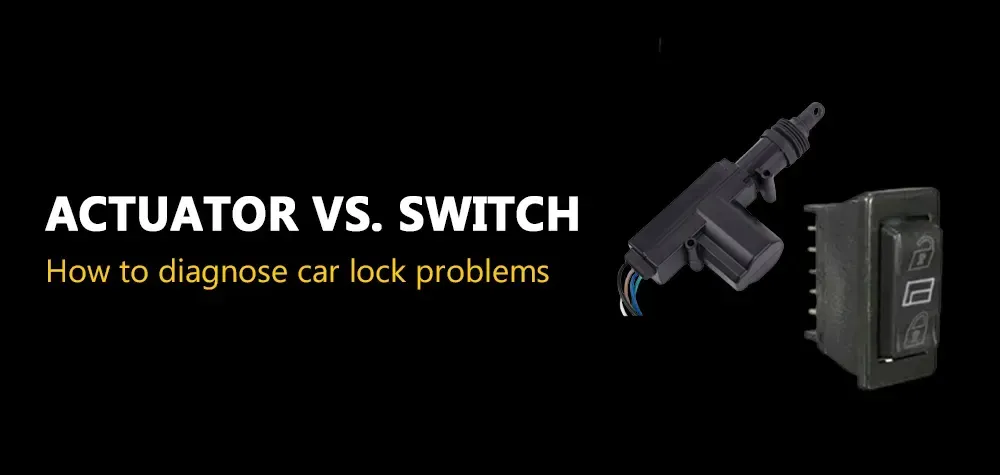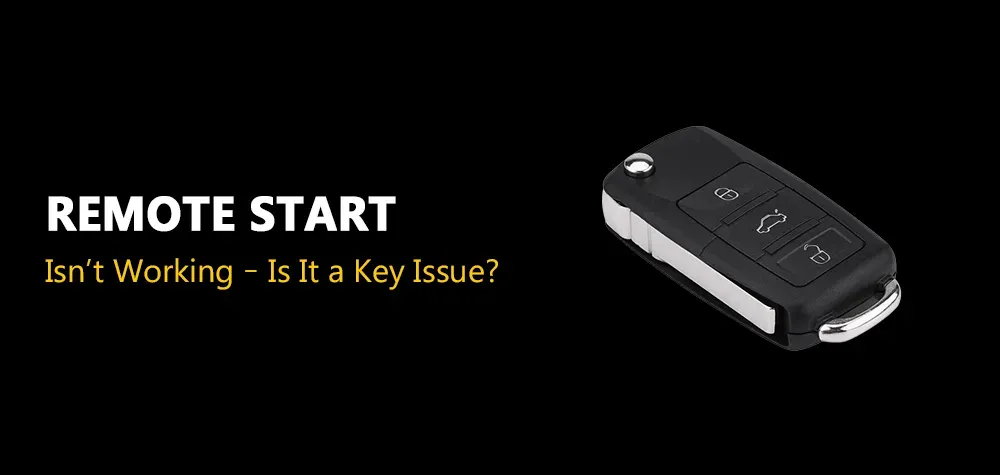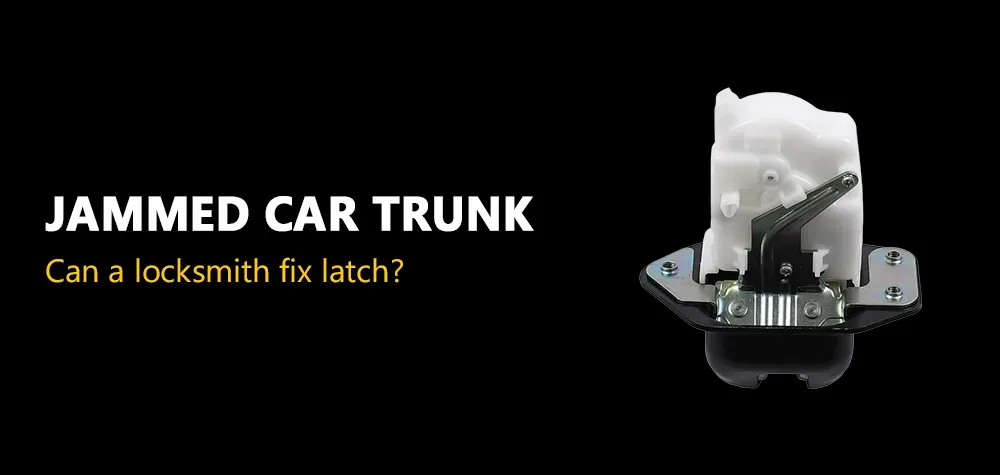How to Remove a Stuck Deadbolt Lock: Step-by-Step Guide
A stuck deadbolt lock can be a frustrating experience, especially when it prevents you from entering or securing your home. While this issue can often be fixed with a simple adjustment, sometimes removal and replacement are necessary. This guide will walk you through how to remove a stuck deadbolt lock step-by-step, ensuring that you do so safely and effectively.
Tools You’ll Need
Before starting, gather the following tools:
- Screwdriver (Phillips or flathead, depending on your deadbolt type)
- Pliers
- Hammer
- Lubricant (such as WD-40 or graphite powder)
- Drill (if necessary for severe cases)
Step 1: Lubricate the Lock Mechanism
Start by applying a lubricant to the keyhole and any exposed parts of the deadbolt lock. Use a silicone-based or graphite lubricant to avoid gumming up the mechanism. Insert the key and try turning the lock gently to see if the lubricant helps release it.
Tip: Avoid using oils like WD-40 in locks, as they may attract dirt over time and worsen the issue.
Step 2: Remove the Screws from the Deadbolt Faceplate
If lubrication doesn’t work, the next step is to remove the lock’s faceplate. Use a screwdriver to unscrew the screws holding the deadbolt in place.
Tip: The screws are typically located on the interior side of the door, facing inside your home. Be careful not to strip the screws when unscrewing them.
Step 3: Remove the Thumb Latch
Once the faceplate is off, you should be able to access the thumb latch (the interior side of the deadbolt). This part needs to be removed next. If it's still attached to the cylinder, gently pull it off or unscrew it.
Step 4: Pull Out the Deadbolt Mechanism
Once the thumb latch and faceplate are removed, the deadbolt lock mechanism should be exposed. Gently pull the entire lock mechanism out from the door. You may need to wiggle it a bit to loosen it up if it's stuck.
Tip: If the deadbolt is still stuck inside the door, lightly tap it with a hammer to loosen it. Be careful not to damage the surrounding door material.
Step 5: Remove the Strike Plate (if necessary)
If the deadbolt still won’t come out, the strike plate (the metal plate attached to the doorframe) may be obstructing the mechanism. Use a screwdriver to remove the strike plate and inspect it for any signs of damage or misalignment.
Step 6: Troubleshoot Additional Lock Problems
If the deadbolt is particularly difficult to remove, it could be due to internal rusting or worn components. In such cases, use pliers or a small drill to help dislodge any stuck parts. Be cautious not to damage the door or lock during this process.
Step 7: Install a New Deadbolt (Optional)
If you’re replacing the deadbolt, now is the time to install the new one. Simply follow the installation instructions that came with your new lock, making sure to align the components properly and test the lock for smooth operation before fully tightening any screws.
Common Issues with Stuck Deadbolts
Misalignment: If the door or frame is warped, the deadbolt may not align correctly with the strike plate, causing it to jam.
Debris or Dirt: Dirt buildup inside the lock mechanism can cause the deadbolt to stick.
Rusting: Older locks may rust internally, making it difficult to turn the key or move the deadbolt.
Frozen Locks: In colder climates, the deadbolt may freeze in place during winter, requiring lubricant or a de-icer to free it.
When to Call a Locksmith
If you’ve tried all the steps and the deadbolt remains stuck or difficult to remove, it may be time to contact a professional locksmith. They can safely remove the deadbolt without causing damage to your door and provide a suitable replacement.
Conclusion
A stuck deadbolt lock doesn’t always require professional assistance. With the right tools and approach, you can remove and fix a deadbolt lock yourself. Follow the steps in this guide to safely remove your stuck deadbolt, troubleshoot potential issues, and replace the lock if necessary.
Call Us Any Time!

